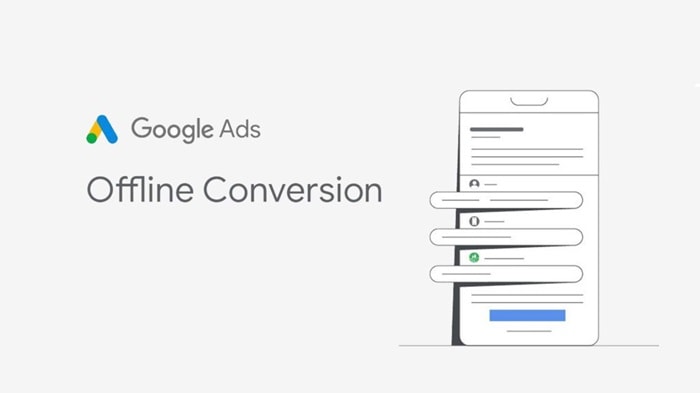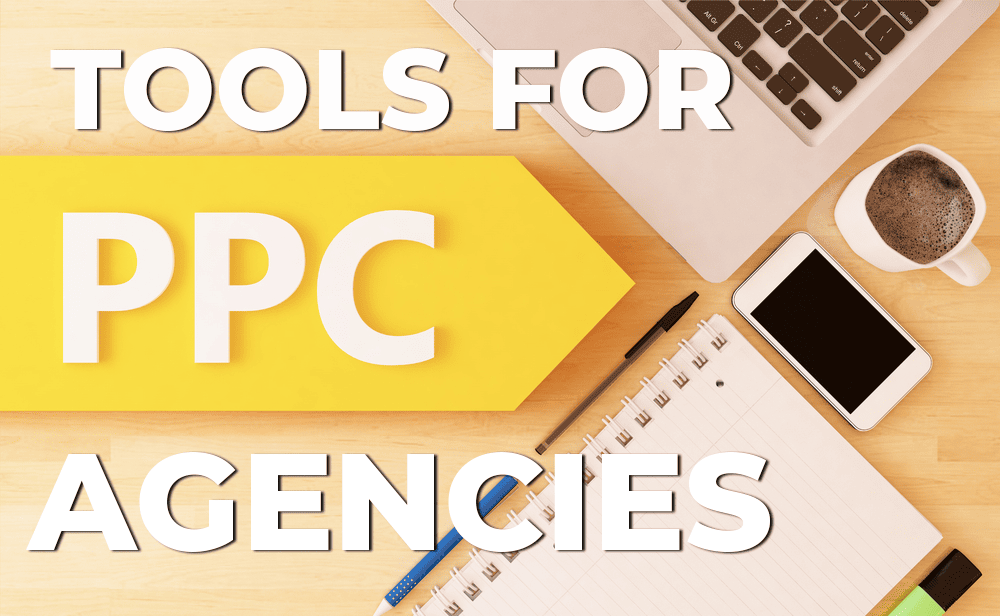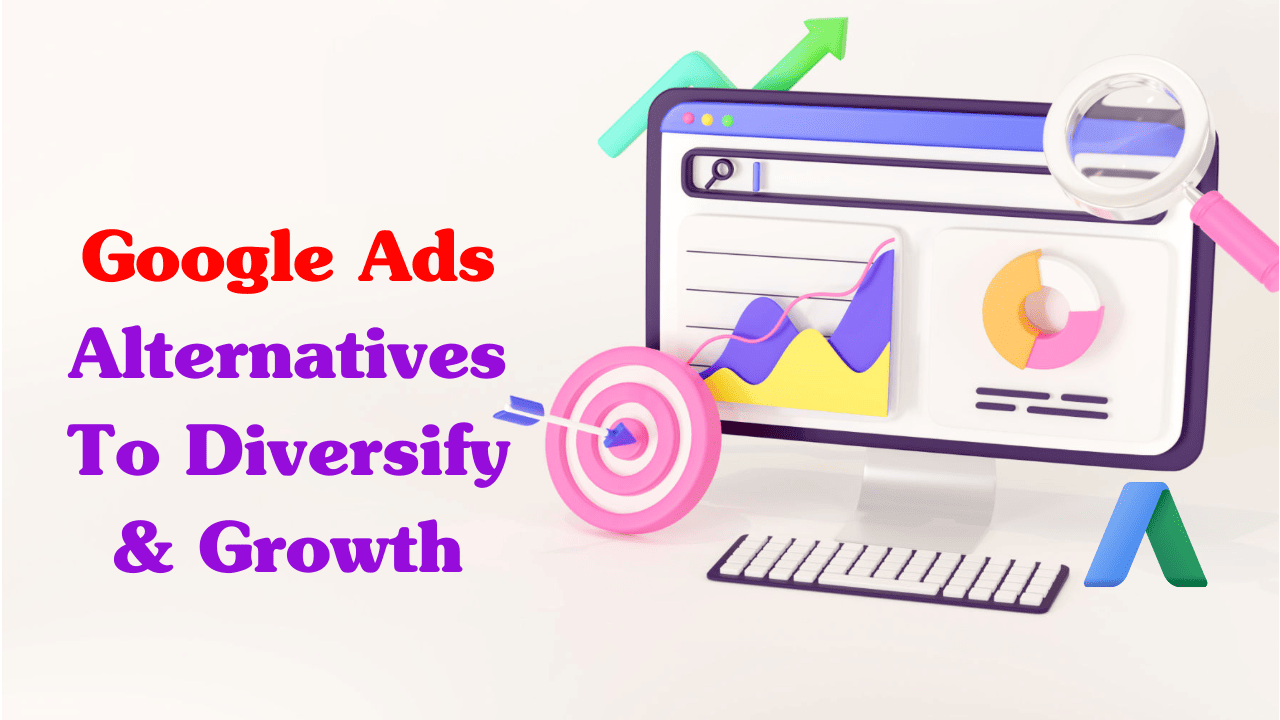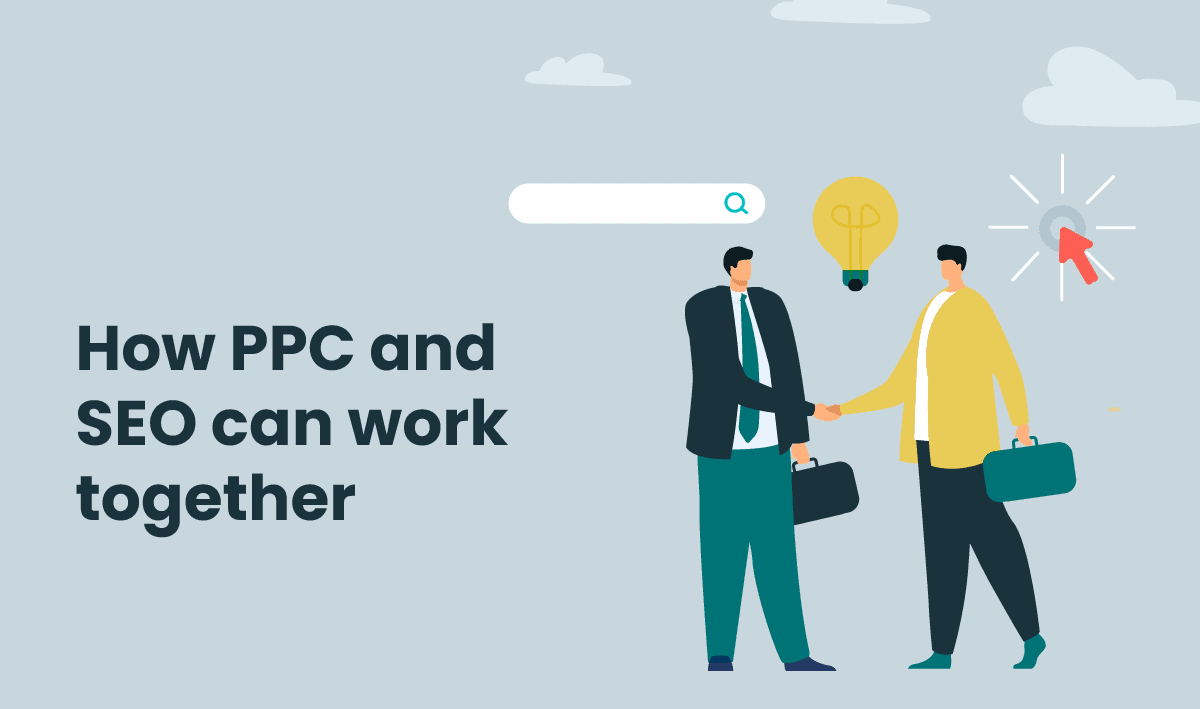Not all conversions hold the same value. For enterprises relying on sales team closures for lead generation, an often underestimated strategy for elevating Google Ads effectiveness is through offline conversion tracking.
By inputting data from a customer database that corresponds with the online click identifier, enterprises can inform Google about which conversions led to actual paying customers. Leveraging its extensive data resources, Google can then pick common characteristics among these conversions to target similar audiences effectively.
Unlike e-commerce enterprises, where conversions are simple product sales affected only by returns and exchanges, lead-generation conversions do not result in immediate revenue upon occurrence.

The Value of Offline Conversion Tracking
Offline conversions are gaining popularity for a wide range of advertisers. For e-commerce, they enable accounting for returns and exchanges that lower the value of a sale. Lead generation businesses, such as SaaS companies and plumbing contractors, can report back to Google which online conversions lead to customers that provide revenue.
Among other reasons, some extra advantages of setting up offline conversion tracking include:
- Precision in building campaigns that match real business goals, such as targeting places or segments of audiences more likely to convert.
- Flexibility on the inclusion/exclusion of scenarios where conversions differ from their last touch with Google’s pixel, for example: closure of a sale offline, via a sales representative using CRM; returns within 30 days from the date of the initial sale; repeat or first-time customer sales; online sales not captured by Google.
- Reduced dependence on attribution models to decide optimization paths
- Informed bidders and targeting algorithms to concentrate marketing resources on the most valuable leads, informed by historical knowledge about keywords, demographics, devices, and time
- Margin and ultimate conversion-based bidding for optimum profitability
Understanding Offline Conversion Tracking
Offline conversion tracking is difficult to implement, but the payoffs justify the annoyance. Here’s a rundown of key considerations to get you started:
Key Concepts
- This enables you to attribute your sales funnel in Google-from lead qualification down to the closure of a deal and creation of revenue.
- Basic conversion tracking should at least have one conversion event set up.
- You have a 90-day timeframe, starting from the online conversion, to import offline conversions—failure to do so within this period forfeits the opportunity.
- If your sales cycle exceeds this duration, leverage available qualification data or analyze past trends to identify indicators of deal closure likelihood.
Setting Up Offline Conversions in Google Ads
There are three methods to integrate offline conversions into your Google Ads account:
SalesForce and HubSpot:
- These two widely used CRM tools offer native integrations with Google Ads.
- Once configured, you can establish rules to automatically transmit your funnel conversion events back into Google Ads as offline imports.
Offline Conversion Imports:
- Manually import offline conversion data from various sources.
- Google uses different identifiers, depending on the origin of the conversion, to match your offline conversion with its online counterpart.
- Conversions from clicks use the Google Click Identifier (GCLID).
- Enhanced Conversions are used for leads.
- Conversions from calls are tracked through importing phone call conversions.
Zapier:
For other CRMs and diverse types of customer database tools, integration is facilitated through Zapier.
Common Errors
Occasionally, when importing or synchronizing your offline conversions, errors occur or the desired performance impact is not achieved.
What To Do When Your SEO is Good But Sales And Leads Are Low
Several factors contribute to these occurrences, with the most prevalent being:
- The click is too recent, typically within 6 hours.
- The click is over 90 days old, making the GCLID unreadable.
- Trying to integrate flawless conversion values or using poorly structured ones.
- Uploading conversions from one account to another.
- Lack of online conversion events to align with.
Navigating the Implementation of Offline Conversions
Setting up offline conversions requires more than just sending the data to Google. Following are some ideas about how paid media teams – especially agencies – can solve some of the challenges that might come up in the process.
Access to Client Data
This is why, when taking up a new lead generation client, it always makes sense to demand access to the client’s CRM and customer data, which can be on HubSpot, SalesForce, or other tools integrated with Zapier. Expand your offerings in call tracking, chatbots, and landing pages, too.
Then there are just two steps to follow:
- Getting all leads into their CRM.
- Re-transmit the qualified leads back into Google Ads.
Value-based Bidding
As a lead transitions from a prospect to a marketing-qualified or sales-qualified lead, integrate this progression as another conversion action in Google Ads. This communicates to Google that the lead has evolved into a more valuable asset.
Scaling Lead Generation Campaigns on Google Ads with a Limited Budget
Here’s how you can assign values and relay them back to Google Ads:
- Attribute a primary value of 10 to the prospect and transmit it to Google Ads.
- After discussions with the client, ascertain that booking a qualifying call or consultation holds significant value. These leads are assigned a value of 30 and conveyed back to Google Ads.
- After the consultation, when the client sends out a proposal, mark it as another step with a value of 50.
- When the sales team closes the contract, use the actual revenue value if available.
As these values populate within Google Ads across several milestones, use target return on ad spend (ROAS) bidding for lead generation.
CRM Integration
There is no perfect CRM for Google Ads since one can usually adapt to any platform a client uses. You can, though, recommend HubSpot to the ones that do not have any before dealing with them. This HubSpot offers an extremely scalable free plan that is very well integrated with Google Ads.
Once this setup has occurred, ensure the converted leads go back into HubSpot or whatever CRM they use. If there are already set-up conversion actions in Google Ads, then sync those events to the ad platform since every milestone will have an equivalent event.
For instance, if one is tracking phone calls, form submits, and/or chats as conversion events, each action will automatically push the lead into the CRM with a corresponding GCLID.
Working with Clients
The reluctance of the clients in giving access to various tools and data restricts the work an agency can do. While taking the prospect through the sales process, let them know upfront if they can self-manage Google Ads because you want to emphasize that your company focuses on lead generation, but let them know for a focus on quality leads, some resources are going to be needed on their side.
Typically, it is very easy to get most of the clients to agree to this and sometimes require you to put it on paper in the form of a nondisclosure agreement. Generally speaking, the client wants to make money and is pretty easy to work with as you do most the heavy lifting on your part in terms of setup and maintenance of these post backs.
Working with Client Sales Teams
In running offline conversions, you need to coordinate with the sales team that will actually close the leads into deals.
How To Create a Successful Strategy for Instagram and Facebook in 2024
In the kick-off call, you want to make sure you understand their sales process inside and out.
- What are their touchpoints?
- How do they assess lead quality?
- What objections do they frequently encounter?
This enables you to accurately outline the offline conversion funnel, focusing on any messaging or process deficiencies. Seek opportunities to enhance close rates and subsequently share your recommendations with the team.
Effective Ways To Use Offline Conversions to Optimize Google Ads for Profitability
Implementing offline conversion tracking demands time and dedication, yet the investment yields significant returns well beyond the setup phase, once automation is in place. As Google Ads increasingly automates campaign management tasks like real-time bidding and keyword matching, the quality of data becomes important, differentiating between average and exceptional outcomes.
Offline conversion tracking is the tailored suit of today’s digital advertising landscape-a suit that fits an account best, at least in approximation as much as possible.
But the greatest benefit of offline conversions is not about key metrics such as CPC and ROAS. This actually lies in the ability to drive more ads toward converting revenue with less effort, time, and money spent.
In a word, offline conversion tracking can greatly increase the long-term profitability of nearly any ad campaign.










